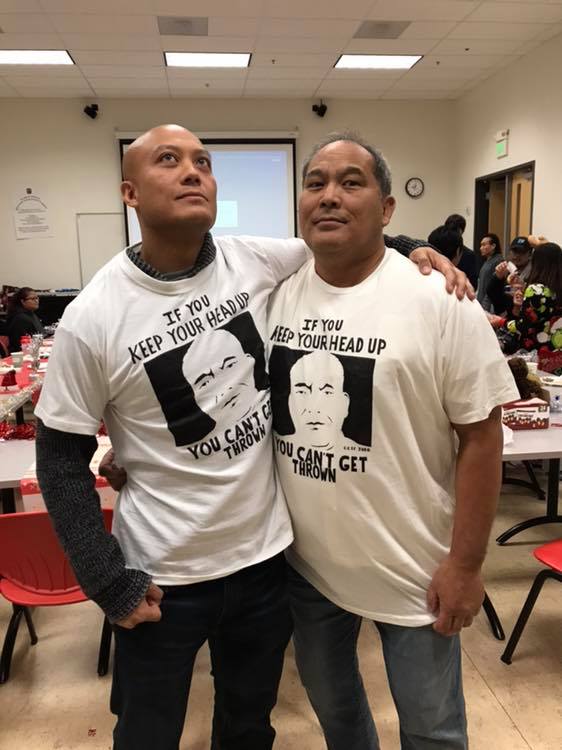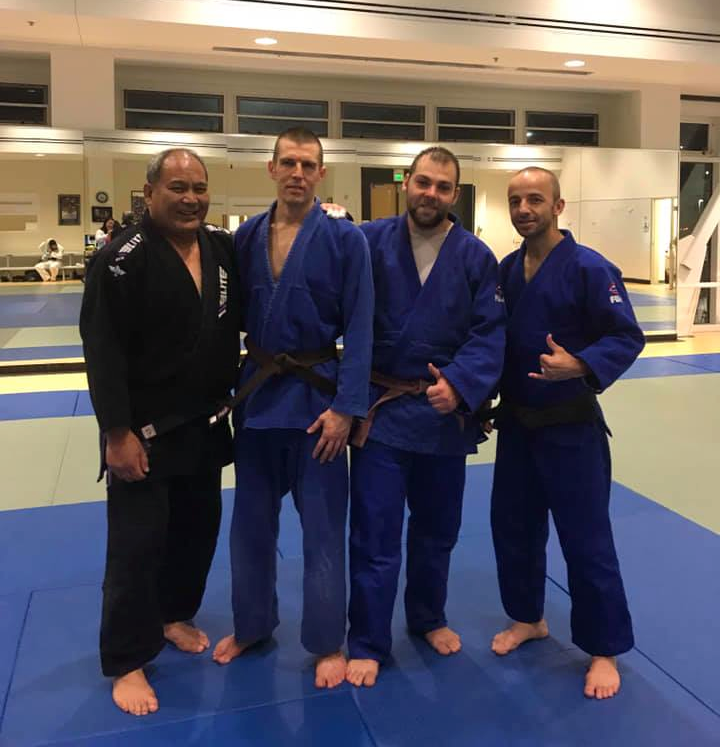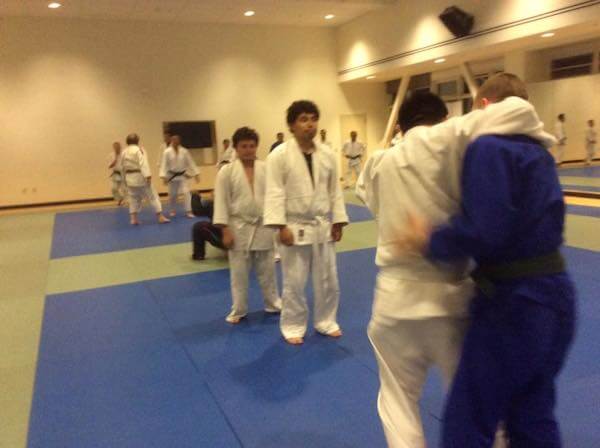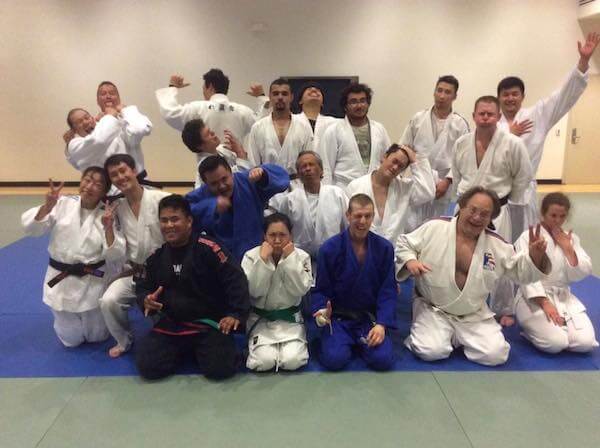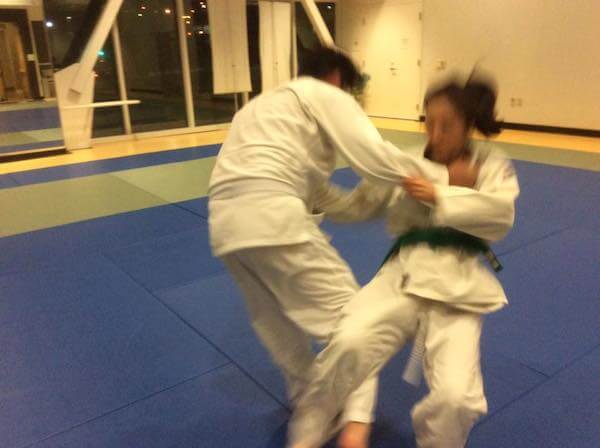I don’t think so.
I started around 38 with jiu-jitsu and I didn’t have any grappling experience. After a year I wanted to learn judo too, so I moved to a school that did both.
I currently train both although I spend more time doing BJJ.
What are your concerns? Getting hurt?
You can get hurt. These activities are not as safe as playing table tennis, but many sports are dangerous.
Life is dangerous.
Even if you try to play it safe and hide out at home something else will get you, like disease…
I have received a few injuries mostly minor, but a few that took me out for a while. You got to watch out, especially for the big and strong guys.
You also have to watch out for your ego.
Your passion or will can’t compete with someone who has years of experience so my advice is…
Take it easy.
Cross train: workout, do other exercises.
It takes a lot of time to learn these martial arts and there is always something to learn regardless of your level. In judo the term for a black belt is “shodan” which actually means beginning degree.
I have heard plenty of blackbelts in jiu-jitsu say the same thing.
Think long term. But 45 is not that old.
Initially it’s all going to be new and there are so many movements which you aren’t used to. I train quite a bit now. In the past I was doing 4 days a week with 2 of those days being for a mix of judo and jiu-jitsu.
Now I am doing like 6 days a week for jiu-jitsu and 2 days a week in judo when I can.
Which is harder?
Most people I know who do jiu-jitsu say judo is harder. I spend more time doing jiu-jitsu so I am not really sure what the judo folks think of jiu-jitsu.
Although..
I know my judo teacher would sometimes make comments like jiu-jitsu is more for “animals” – as there are fewer rules. Or you have to use technique in judo where jiu-jitsu is all muscle.
But…
I don’t agree with that. I think that was his bias. I see it the same way and that’s that it is all technique, but strength is an attribute too.
Strength and size matter in both.
If they didn’t matter there wouldn’t be separate weight divisions in competitions.
Anyways…
You get impact with judo cause you get thrown and sometimes it’s hard and unexpected. It’s a little faster and probably demands better conditioning than BJJ.
Jiu-jitsu is slower so you tend to get less impact and collision, but you can get strain and injuries too.
But again make sure you start slow and learn how to fall. Find a good school that is looking out for you.
I also recommend doing some yoga to stay limber, but not intense yoga. I do about 15 minutes of yoga for jiu-jitsu a day and I think it helps balance out my body and then a few days a week for strength training. I think all of those things help.
There are a lot of guys in my current jiu-jitsu school who are in their 40’s, some in their 50’s, a guy who is really strong and agile in his 60’s and even a guy who is 70 (in the video above).
Just start slow and take it easy.
Find a good school for either one and tell them your concerns.
I think for starters judo is better to learn as it is a little more well rounded. You learn the basics like falling, plus judo is where BJJ came from, so I think it’s good to know the tradition.
But either one could work depending on what you want. Also I would do some cross training with other exercises.
Here’s a tip for judo to remember.
Tuck your chin!
Remember that when you fall or get thrown because if you don’t you will get a bit of whiplash on your neck or hit your head on the mat.
And as one teacher said, “tap early and tap often”. And as I always tell myself, “play smart”.
And…
Don’t resist.
So here are some tips again to repeat over and over again in your head.
- Tuck your chin (when falling, but also helps to prevent some chokes)
- Don’t resist
- Tap early and tap often
- Play smart
And lastly
Don’t just take my word for it.
